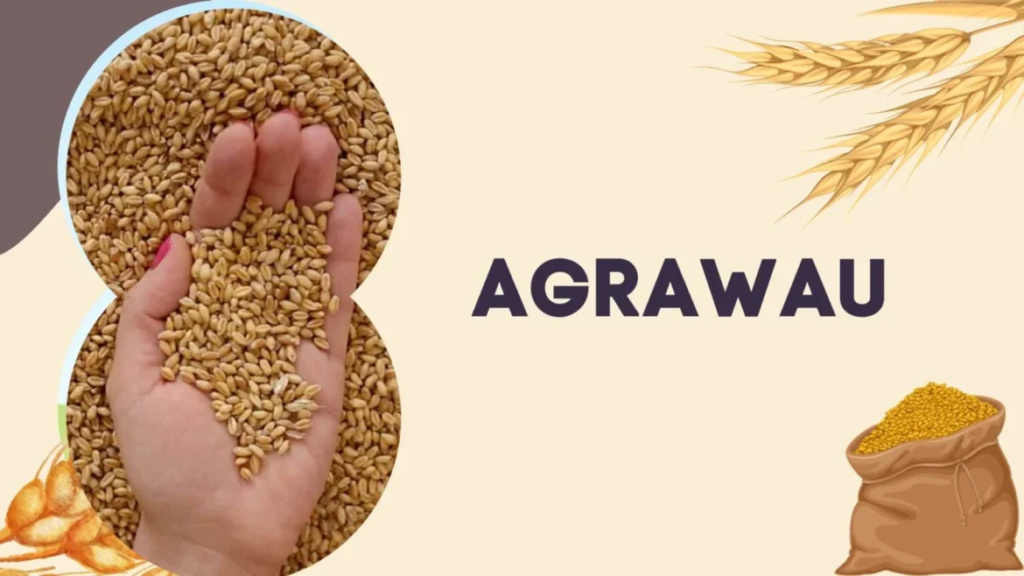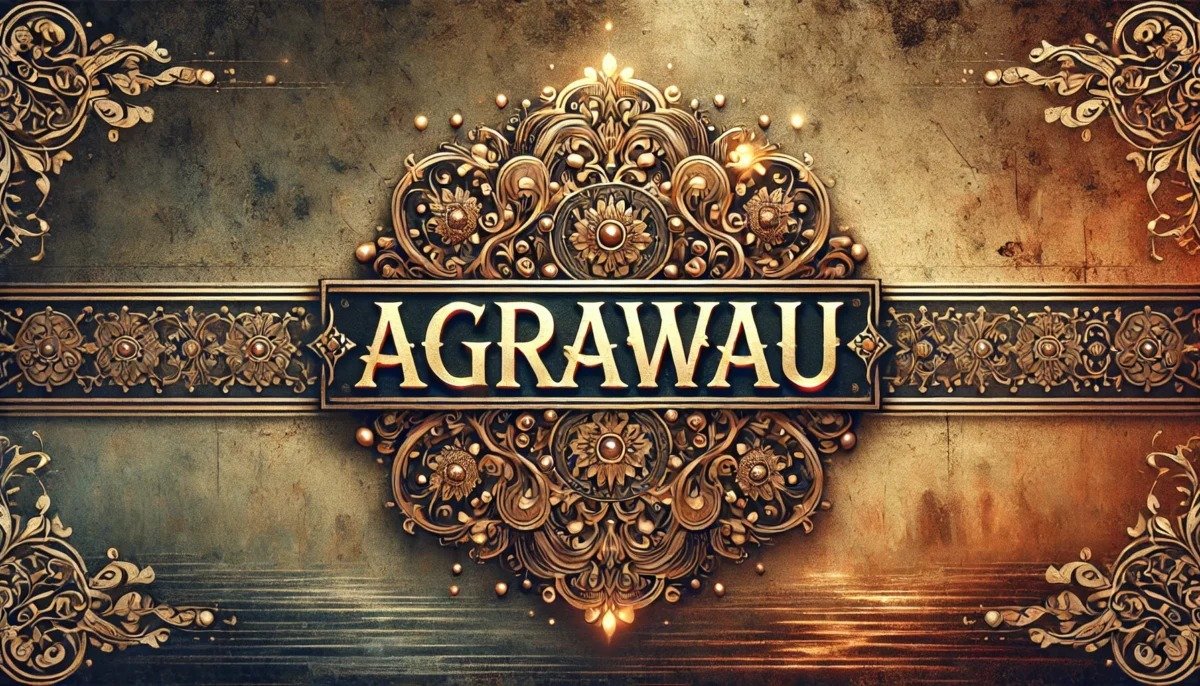Defining Agrawau
Agrawau is a term that stands out in various cultural and linguistic contexts, embodying a rich tapestry of meanings and associations. Originally, the word finds its roots in diverse languages, where it often signifies something that relates to community, cultural identity, or traditional practices. Its etymology suggests a fusion of local dialects that have evolved over centuries, reflecting the shared experiences of communities where it is prevalent.
In the historical context, agrawau has often been connected with notable figures who have championed cultural preservation and community cohesion. Such leaders played a crucial role in propagating the values encapsulated in the term, exemplifying how traditional practices can contribute to social stability. The significance of agrawau is particularly pronounced in regions where communal ties and heritage are paramount, fostering a sense of belonging among individuals.
Beyond its etymological roots, agrawau has cultural implications, often representing values such as unity, respect, and reverence for tradition. Communities that adopt this term embody these ideals, showcasing a commitment to sustaining their heritage and identity in the face of modernization. Moreover, agrawau can be related to various ceremonies and rituals that celebrate cultural milestones, thereby reinforcing its significance within community dynamics.
The perception of agrawau varies among different populations, with interpretations often reflecting local customs and beliefs. For example, in some communities, agrawau may be associated with agricultural practices and the loyalty of families to their ancestral lands, while in others, it may be tied to social rituals that honor collective history. This multifaceted term highlights the diverse ways in which cultural values can manifest, shaping identities and societal structures.
Significance of Agrawau in Contemporary Society

In today’s rapidly evolving landscape, agrawau has emerged as a significant component that influences various sectors, especially education, technology, and social movements. This concept epitomizes the blend of traditional values and modern practices, allowing individuals and communities to navigate through complex societal changes. In educational settings, agrawau instills a sense of identity, ensuring that cultural heritage is preserved while simultaneously adapting to new learning methodologies. It encourages students to appreciate their roots, thus fostering a balanced approach to knowledge acquisition.
The influence of agrawau extends into technology, where innovative applications promote community engagement and cultural exchange. Social media platforms, for example, utilize the principles of agrawau to connect individuals globally, enhancing the sharing of cultural practices and ideas. By integrating agrawau into digital narratives, communities can foster a sense of belonging and identity, which is essential in an increasingly fragmented world. This synergy between technology and cultural values demonstrates how agrawau can act as a bridge, promoting understanding and solidarity across diverse populations.
Social movements also leverage the significance of agrawau, as seen in initiatives aimed at advocating for cultural rights and representation. Organizations that incorporate agrawau into their missions create inclusive spaces that resonate with the values and aspirations of marginalized groups. These movements not only aim to empower individuals but also strive to reshape societal norms that often overshadow traditional practices. Through marches, campaigns, and community dialogues, the essence of agrawau becomes a rallying point, enabling collective action and fostering resilience against social injustices.
Overall, the relevance of agrawau in contemporary society cannot be understated, as it serves as a vital influence driving cultural identity and shaping modern trends. By understanding and embracing agrawau, we can better appreciate its role in enhancing the fabric of our communities and promoting inclusive growth.
Practical Applications of Agrawau

The concept of agrawau is increasingly finding its way into various facets of everyday life, illustrating its versatility and importance. One notable area of application is education. Educational institutions have begun to integrate agrawau principles into their curricula, fostering an environment where creativity and collaborative learning are prioritized. This shift not only enhances student engagement but also encourages critical thinking and problem-solving skills among learners.
In the domain of community building, agrawau serves as a catalyst for fostering connectivity among individuals. Community organizations leverage its principles to create programs and initiatives that promote social cohesion, emphasizing inclusivity and shared goals. For instance, a community center may run workshops on agrawau, encouraging participants to share their experiences and collaborate on projects that benefit the neighborhood. These initiatives often lead to stronger relationships within the community and a tangible sense of belonging.
The creative industries are also witnessing the transformative power of agrawau. Artists, musicians, and writers are turning to agrawau-inspired methods to enhance their creative processes. By adopting an agrawau approach, creators are able to break free from conventional constraints, leading to innovative works that reflect contemporary issues. Take, for example, a collaborative art project that utilizes agrawau techniques to merge diverse artistic styles and ideas, resulting in a unique exhibition that resonates with a wide audience.
Numerous case studies exhibit the profound impact of agrawau in these contexts. Success stories abound, showcasing how individuals and organizations, through their practical application of agrawau, not only achieve their objectives but also foster environments where creativity and collaboration thrive. These examples underscore the significance of agrawau as a framework for driving positive change across various sectors.
Future Prospects of Agrawau

The future of agrawau presents a landscape ripe with opportunities and challenges, underscored by emerging trends that could reshape its relevance in society. As technological advancements continue to accelerate, agrawau is expected to adapt, integrating with new methodologies and practices that reflect the evolving needs of communities. The concept may not only persist but flourish in various sectors including education, healthcare, and sustainable development. Such advancements present potential for agrawau to influence policy-making and community engagement in innovative ways.
One significant trend is the increasing emphasis on sustainability and environmental consciousness. This focus aligns seamlessly with the principles of agrawau, encouraging practices that promote responsible stewardship of resources. Experts foresee a growing movement towards initiatives that embody the values of agrawau, highlighting its role in fostering community resilience and ecological balance. Moreover, as more organizations prioritize social responsibility, the agrawau framework may serve as a guide for ethical decision-making and operational strategies.
Despite these promising trends, potential challenges cannot be overlooked. The adaptability of agrawau in a rapidly changing environment may be tested, requiring stakeholders to remain proactive and innovative. Additionally, disparities in access to resources and knowledge could hinder the uniform application of agrawau principles across different demographics. Engaging community leaders and experts in dialogue will be crucial in identifying these challenges while brainstorming effective solutions.
As we gaze into the future, the dialogue surrounding agrawau evolves. Conversations with thought leaders emphasize a vision of collaboration and inclusivity, fueling a collective aspiration towards progressive transformations. By harnessing the insights of experts and community figures, agrawau can be elevated as a dynamic force, promoting not merely adaptation but also proactive approach towards societal advancement. This journey towards a more integrated future points to exciting possibilities for communities engaging with agrawau and its multifaceted applications.


